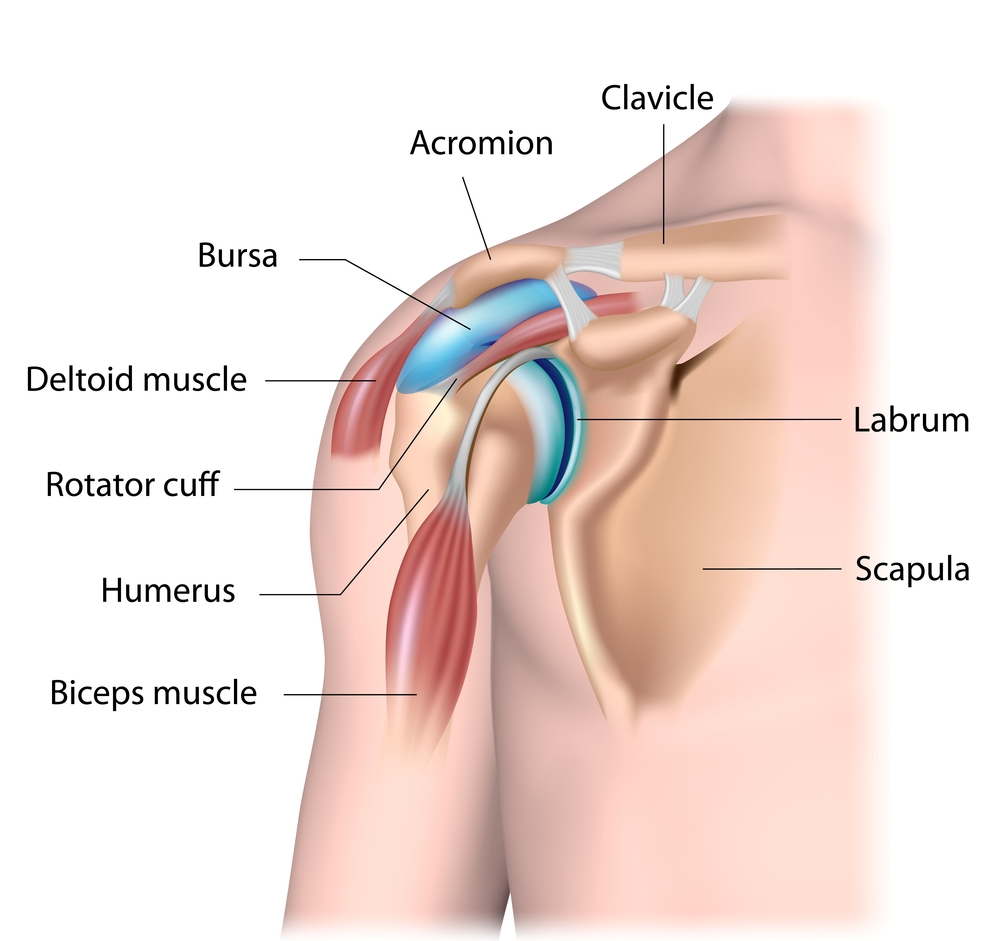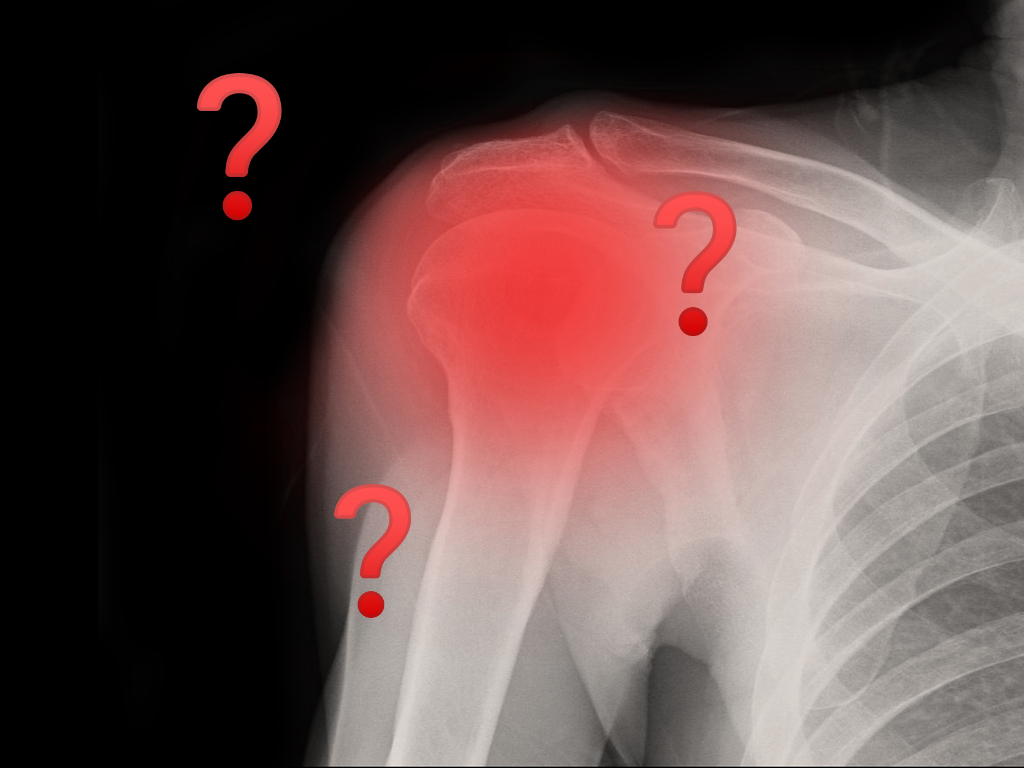Physiotherapy for Shoulder Pain
Have you ever been told by a friend, or your GP, or by google that you have shoulder bursitis? Or a rotator cuff tear? Or a frozen shoulder? It’s possible that you may have any one of these pathologies, but they are all frequently misdiagnosed and even more frequently mismanaged.
The shoulder is an area that is commonly injured and the consequences can be quite debilitating. Our hands are only able to move and manipulate objects with such dexterity because of the large range of movement afforded to them by our shoulders. Therefore, when a problem occurs in the shoulder, it can restrict the use of our hands and arms and affect our day-to-day functioning as well.


Shoulder Bursitis/Rotator Cuff Disorders
The most common shoulder problem is a condition called subacromial pain syndrome. This is the correct name for a range of conditions known as bursitis, shoulder impingement, rotator cuff disease, swimmer’s shoulder and occasionally even incorrectly referred to as a frozen shoulder. The muscles around the shoulder joint, in particular the rotator cuff muscles, are integral to its stability and need to be working in a coordinated way for normal function. When these muscles become unbalanced, you can get irritation within the shoulder joint which leads to pain and weakness. If this goes on for an extended period or is severe, it is unlikely to resolve without intervention to retrain the injured muscles. This complex process is best managed by a physiotherapist so that your arm movements can return to normal.
In cases where shoulder surgery is required, physiotherapy rehabilitation after the operation is essential to restore normal movement, strength and pain-free function.
Shoulder Dislocation
Shoulder joint dislocation or subluxation is an injury which happens much more quickly. It usually occurs while playing sport but can also happen as a result of a fall. This can occasionally lead to a fractured bone in the area which is why it is always a good idea to get it looked at by a doctor or physiotherapist. A physiotherapist can organise imaging if required and manage the subsequent treatment. A dislocation is always accompanied by a degree of instability in the shoulder, and once you’ve had one dislocation unfortunately your chance of having another increases significantly. For this reason, it’s important to manage a dislocation properly by providing support to the shoulder while it settles down and then working through a graded stability program to ensure it doesn’t happen again. If surgery is required, physiotherapy will commence after this in order to regain full strength, range of motion and pain-free function.


Do I have a Frozen Shoulder?
A true frozen shoulder (or adhesive capsulitis) is not common, however it is more likely in older patients, those with diabetes, females, and those who have had a period of shoulder immobilisation. The cause of frozen shoulder is unknown, but it appears to be due to intense inflammation and contracture of the joint capsule and will usually take a minimum of 12-18 months to resolve. This condition is usually very painful with a marked stiffening of the shoulder joint over a period of weeks to months and then a very slow return to normal. Physiotherapy treatment is aimed at reducing pain symptoms and maximising range of motion. Many patients with severe frozen shoulder may require other treatments such as hydrodilitation injections or surgery.
Get Active!
For more, visit our Frequently Asked Questions page.
If you would like to ask a question about our services or anything else, visit our Contact Us page to get in touch.
If you are ready to make an appointment, visit our make a booking page and let us help you with your fitness or recovery.

